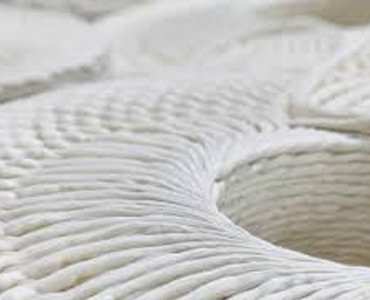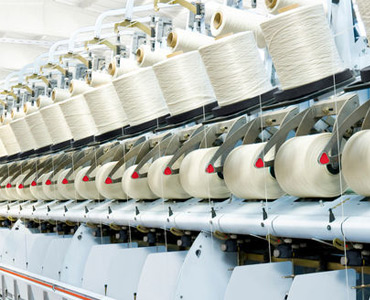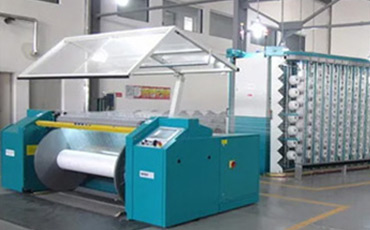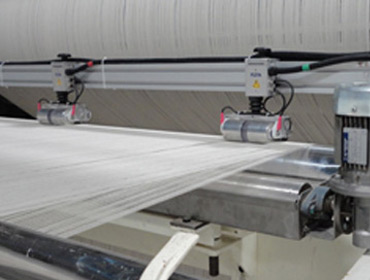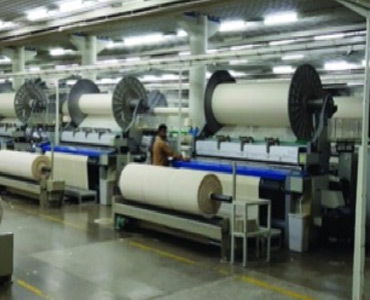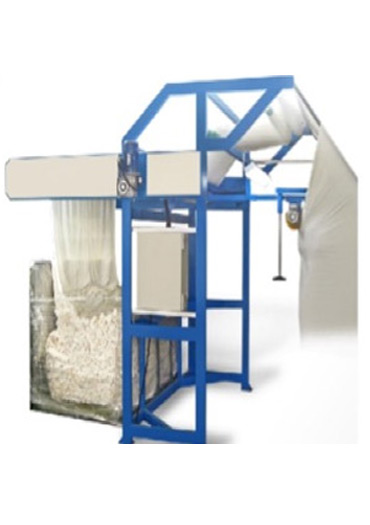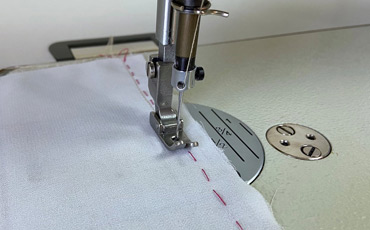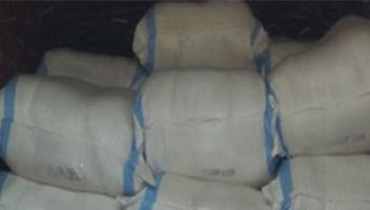The most common plant fiber is cotton, whichis typically spun into fine yarn for mechanical weaving or knitting into cloth.
Cotton and polyester are the most commonly spun fibers in the world. cotton is grown throughout the world, harvested, ginned, and prepared for yarn spinning.
fiber is measured in terms of linear mass density , the weight of a given length of fiber, Various units are used to refer to the measurement of a fiber, such as: the denier and tex (linear mass density of fibers), super S (fineness of wool fiber), woolen count, cotton count (or Number English (Ne),Number metric (Nm) and yield (the reciprocal of denier and tex).

